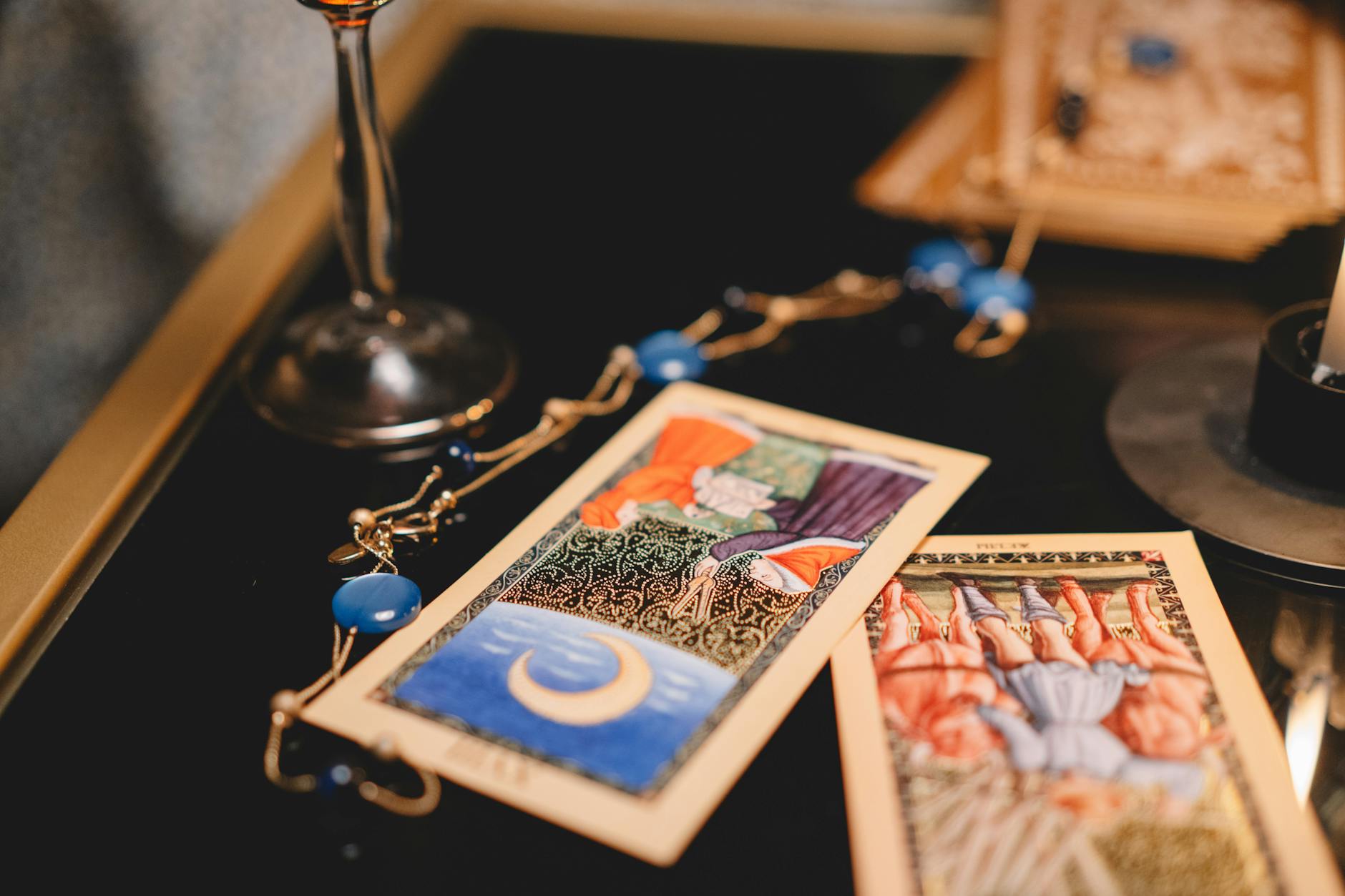Trout – Baiting For Springtime Trout
SALMON EGGS
Salmon eggs are a highly productive trout bait, especially on opening day. They’re the right size and shape, and in many instances, they are saturated with flavored oils for added enticement. Cheese-flavored eggs seem to be the most popular.
Salmon eggs come in a variety of colors. While red and yellow seem to top the list with fishermen, many anglers have switched to the new fluorescent colors, claiming that they’re more productive during the season’s first few days. And, for some unexplained reason, trout tend to be more attracted to various shades of red over many of the brighter colors.
The popularity of salmon eggs has always been quite high among early-season trout anglers, so high that hook manufacturers went to the trouble to design hooks specifically for use with salmon eggs. They are available in various sizes ranging from No. 8 to No. 14. These hooks have extremely short shanks and come in both turned-up and turned-down eye styles. When properly rigged, the hook can easily be concealed entirely within a single salmon egg. Consequently, the only thing the rainbow, brookie or brown actually sees, even in clear water, is the egg itself.
CHEESE
What do you do when your local tackle shop is sold out of salmon eggs? Make a quick stop at the corner convenience store. Most are open 24 hours a day, and they all sell cheese.
Most soft cheese products make great trout baits, particularly when you’re targeting trout that are fresh from the hatchery. Cheese oils rapidly disperse with the currents, often luring hungry trout from incredible distances. Additionally, soft cheese can readily be formed around a salmon egg hook and molded into pellet-shaped morsels. When all other forms of bait fail, a small glob of cheese may save the day.
MARSHMALLOWS
The first person to use marshmallows for bait was either very creative or totally frustrated. Whatever the case may have been, it worked. Yes, those tiny cocktail marshmallows have saved the day for many trout anglers, especially during the season’s first few days. While marshmallows don’t resemble any form of trout food, hatchery or natural, they do emit sufficient odor to attract various species of fish. In fact, some anglers complain that they are too effective.
Marshmallows can be cut or torn into smaller pieces, then easily formed to cover a salmon egg hook. However, because they have a relatively high air content, marshmallows have the tendency to float. Therefore, a small piece of split shot, preferably BB size must be added to the line about 12 to 18 inches above the hook. This will place the bait close to the bottom. Be sure not to add more weight than necessary to hold bottom, while still allowing the bait to drift naturally. Add too much weight and you’ll spend most of your time trying to dislodge the split shot from snags.
CORN
While fresh corn, yellow or white, doesn’t seem to work well at all, canned, whole-kernel, yellow corn makes a great trout bait. Some believe this is because fine-ground grains are one of the main components in fish pellets, one of which may be corn. The list of ingredients on the side of the fish pellet can does not specify which types of grains are used, but corn seems to top the list of most commercially prepared fish and animal foods. If this is indeed the case, there’s a good argument for the use of corn for trout bait, particularly during the early days of the season.
Again, the bait should completely cover the hook. Depending on the hook’s size, this may require two or possibly three kernels. Fortunately, corn has a slight negative buoyancy, therefore, only one or two split shot may be required to maintain the proper depth. If the stream or river currents are somewhat fast, more weight may be required to maintain the correct depth.
NATURAL BAITS
Worms
While some designated trout streams mandate the use of artificial lures or flies only, many stocked streams permit the use of various forms of natural bait. Obviously, before fishing any body of water, it is a good idea to carefully scrutinize the regulations pertaining to that location. If it is permissible to use live bait, then the selection is almost endless. After feeding on fish pellets for nearly a year, newly stocked trout have two options: switch to natural foods or starve to death. A week or two after stocking, most trout will eat just about anything that comes along, especially if it looks perfectly natural.
Nothing is more appealing to a hungry trout than a fat, pink, juicy garden worm floating with the currents. Even when the weather has been too cold for the worms to occur naturally, trout will instinctively pounce on a properly presented worm. The key to success is proper presentation. As with all forms of bait, the hook should be well hidden. Additionally, if a piece of split-shot is required in order to reach bottom, use just enough weight to maintain the correct depth, while still allowing the bait to drift naturally with the currents.
The worm should be cast upstream at a 45-degree angle, preferably well above the head of the pool. Just as soon as the bait hits the water, close the reel’s bail and begin a slow, deliberate retrieve. Keep sufficient tension on the line to detect the slightest strike and also to gently lift the bait over the snags.
Minnows
A few weeks into the season, trout will actively feed on minnows. While many states do not permit the use of native minnows, tiny fathead minnows are a good substitute, particularly when they measure no longer than 2 inches. The minnows can be either lip-hooked or impaled just beneath the dorsal fin, thereby keeping them alive and active as they drift through deep pools. Some anglers find that attaching a small, clear plastic float aids them in casting the minnow to the most productive locations, such as close to submerged boulders or close to an undercut segment of shoreline
Trout – Baiting For Springtime
Published by
on
Hello,
I’m Rich & Co.
Welcome to Tongfamily, our cozy corner of the internet dedicated to all things technology and interesting. Here, we invite you to join us on a journey of tips, tricks, and traps. Let’s get geeky!
Let’s connect
Join the nerds!
Stay updated with our latest tutorials and ideas by joining our newsletter.





